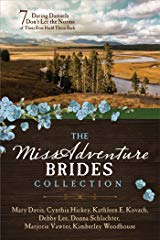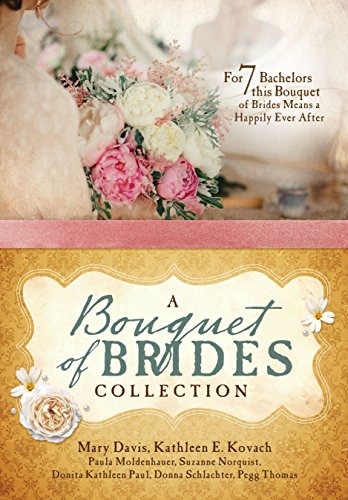
It’s over.
Unlike some who are asking what they’re supposed to do with their lives now, I’m joining the choice few who have decided to blog about it—and move on.
I admit to getting hooked from the first episode. From day one, my little writer brain began spinning with possibilities. Not only for the great story I knew would be forthcoming, but also for the opportunities to learn my craft. Week after week I sat at the feet of the masters as they spun their tales, willing myself to become a sponge as I soaked in their wisdom.
Whatever you may think of the finale, you have to admit that these guys knew their stuff.
Let’s recap some writing rules and how LOST showcased them like a freshly mined diamond.
By the time Act 1 of the first episode was over, we had plenty of questions. The big one…What just happened? We have a downed airplane. A remote island. Will the survivors sleep in tiki huts, listen to a squawky radio made of bamboo, and eat a skipper’s weight in coconut pie? Or maybe it was just me who had that question.
Week after week questions were raised. What is the monster shaking the tops of the trees? How can Jack see his dead father? What is the light coming from the hatch? When the polar bear showed up, I threw out every lame theory in my head and started over.
Uh. Yeah. The rule of conflict came into sharper focus for me during the finale. As each couple reunited, I recalled the high points and low points of their relationships. It seemed when something went right, you could expect something to go horribly wrong. It was a pendulum swing of “if this happens, then this should happen.”
- Claire and Charlie had just become a happy threesome. Free-basing rocker Charlie had finally begun to think of someone besides himself, which led to him drowning in the freighter and saving his friends.
- Jin and Sun resolved their differences. The couple who at first seemed miles apart, became so literally, and not just by miles, but by time as she stayed in the present and he was thrown to the ‘70s.
- Sawyer and Juliette were living a peaceful existence in 1977 when she like, blew up. Dude!
- Create believable characters.
It was through flashbacks that we really got to know the characters, where they were and where they were heading. Each one had serious arcs, yet it all made sense once we got the whole picture. We are cautioned against using flashbacks as new writers, but this show proved they could be done effectively.
I think the most serious arc, and probably the hardest to pull off, was Sayid. When we were first introduced to him, he pulled his weight, he made alliances, and we got to liking him. Really liking him. But then we found out he had been a torturer during the Gulf War. Whoa! That spun my mind around counter-clockwise. I had friends in that war, on the opposite side from where Sayid stood. How could I like this guy? But learning his softer side, even in the flashbacks, and through his redemptive actions, I got to liking him again. But then, in the last season, the writers made him bad again. By this time, I knew we were watching a spiritual parable, and I so feared that Sayid would be truly lost. However, he rallied, and I was so happy to see him in the Sideways Church ready to move on into the light.
Whatever you may have felt about the season finale, I think as writer you have to admit that the show as a whole was done extremely well.
As a Christian, the works=salvation message wasn’t “lost” on me, but that didn’t ruin my experience or keep me from rooting and cheering for each character as they “got it.” I pray as people discuss the show, this puts them on their own journeys down the true path that leads to God, Jesus Christ.
And speaking of true paths, I also wasn’t happy when the show took an “all paths lead to enlightenment” approach, but honestly, that felt like a tag on that the writers felt was needed to please most of the people all of the time. The show as a whole, I felt, had a strong Christian influence, from the name Shepherd to the Jesus statue outside of the church. If you need a point made on what not to do, that’s what I would caution. Don’t stick something in that doesn’t belong just to please your readers. Be true to your story. Be true to your characters.
The following links are some insightful commentaries I’ve found on LOST.
- Christian author Susan Meissner says everything I wanted to say in this article, but I chose to stay with the craft of writing theme. Click here.
- Airlock Alpha has a positive spin on the show and finale. I’m getting a little weary of the comments lambasting the show because it didn’t answer all of the questions. It’s fiction people! Use your own imaginations. This website is a breath of fresh air from the negativity. Click here.
- E-Online answers some of your nagging questions in short You Tube type videos. Click here.
- The NYDailyNews.com addresses the spiritual aspect of the series. In much of the article I wanted to pump my fist and yell “Yes!” Click here.
I will remember LOST for the stellar writing, the characters that became family, and the spiritual theme: …For this brother of yours was dead and has begun to live, and was lost and has been found. Luke 15:32b
********
Lost - http://www.imdb.com/title/tt0411008/











